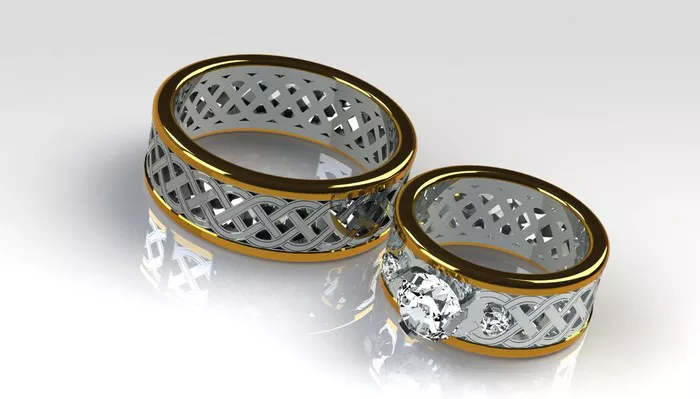The wedding ring industry is undergoing a significant transformation as lab-grown diamonds continue to dominate the market in 2024. Consumers are increasingly opting for these ethically sourced and environmentally friendly alternatives to traditional mined diamonds. The shift is driven by a combination of factors, including affordability, sustainability, and technological advancements that have made lab-grown diamonds virtually indistinguishable from their natural counterparts.
Lab-grown diamonds are created using two primary methods: High Pressure High Temperature (HPHT) and Chemical Vapor Deposition (CVD). Both techniques replicate the natural conditions under which diamonds form, resulting in stones that possess the same physical, chemical, and optical properties as mined diamonds. The key difference lies in their origin—lab-grown diamonds are produced in controlled environments, eliminating the ethical concerns associated with diamond mining, such as environmental degradation and labor exploitation.
One of the most compelling reasons for the surge in popularity of lab-grown diamonds is their cost. On average, these diamonds are 30-40% cheaper than mined diamonds, allowing couples to allocate their budgets toward other aspects of their wedding or future life together. Additionally, many jewelers now offer customizable options, enabling buyers to design unique engagement and wedding rings without the premium price tag.
Sustainability is another major factor influencing consumer choices. Younger generations, particularly Millennials and Gen Z, prioritize eco-conscious purchases. Lab-grown diamonds have a significantly lower carbon footprint compared to mined diamonds, which require extensive land disruption and energy consumption. Several jewelry brands have capitalized on this trend by marketing their lab-grown diamond collections as “conflict-free” and “sustainable,” resonating strongly with ethically minded shoppers.
Despite their growing acceptance, lab-grown diamonds still face some skepticism, particularly regarding their long-term value. Unlike natural diamonds, which have historically appreciated over time, lab-grown diamonds are more susceptible to market fluctuations due to their unlimited supply. However, many experts argue that wedding rings are sentimental purchases rather than financial investments, making the resale value a secondary consideration for most buyers.
As the demand for lab-grown diamonds continues to rise, traditional diamond retailers are adapting by expanding their offerings to include these alternatives. Major jewelry chains and independent designers alike are incorporating lab-grown diamonds into their collections, signaling a permanent shift in the industry. With advancements in production techniques and increasing consumer awareness, lab-grown diamonds are poised to remain a dominant force in the wedding ring market for years to come.


